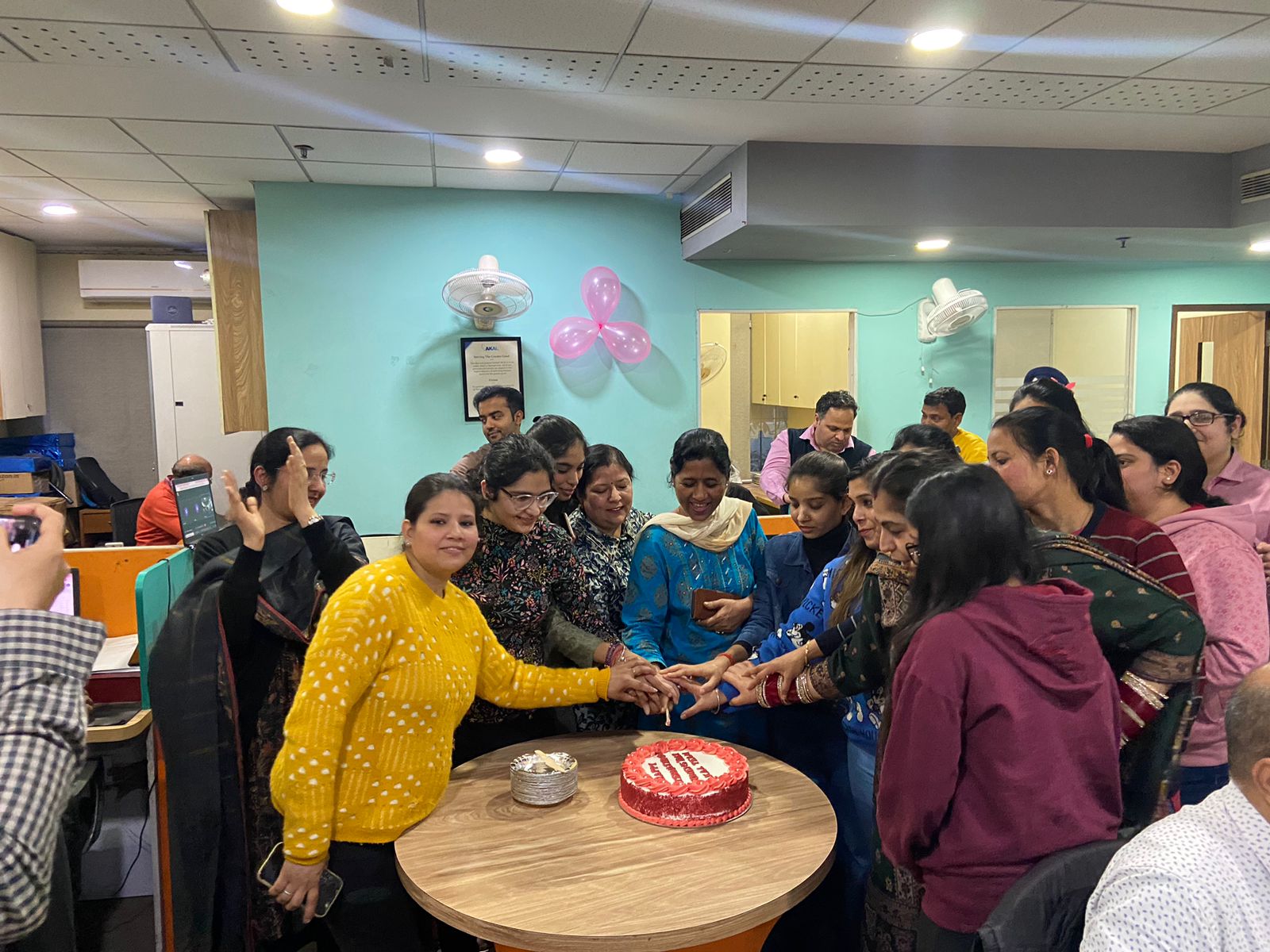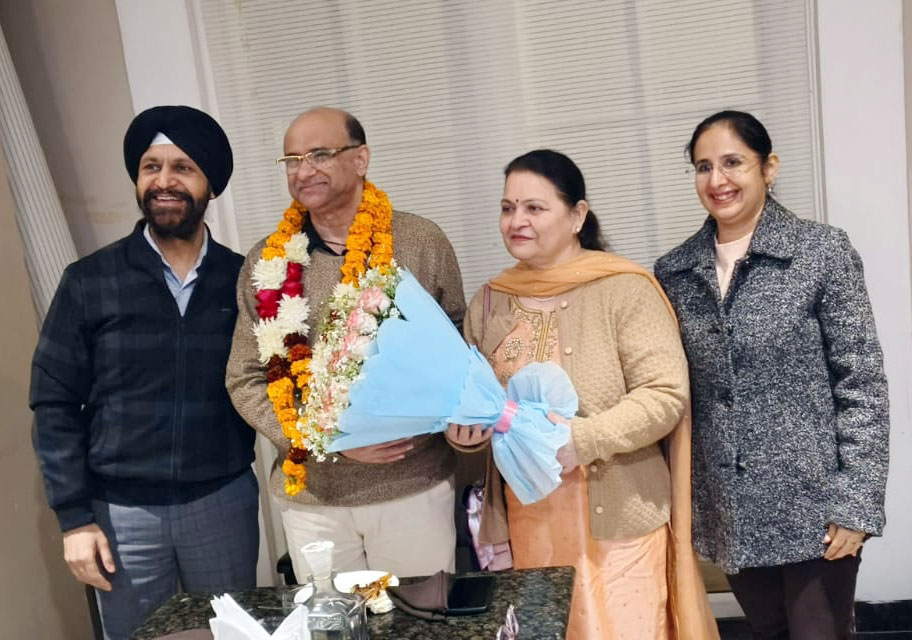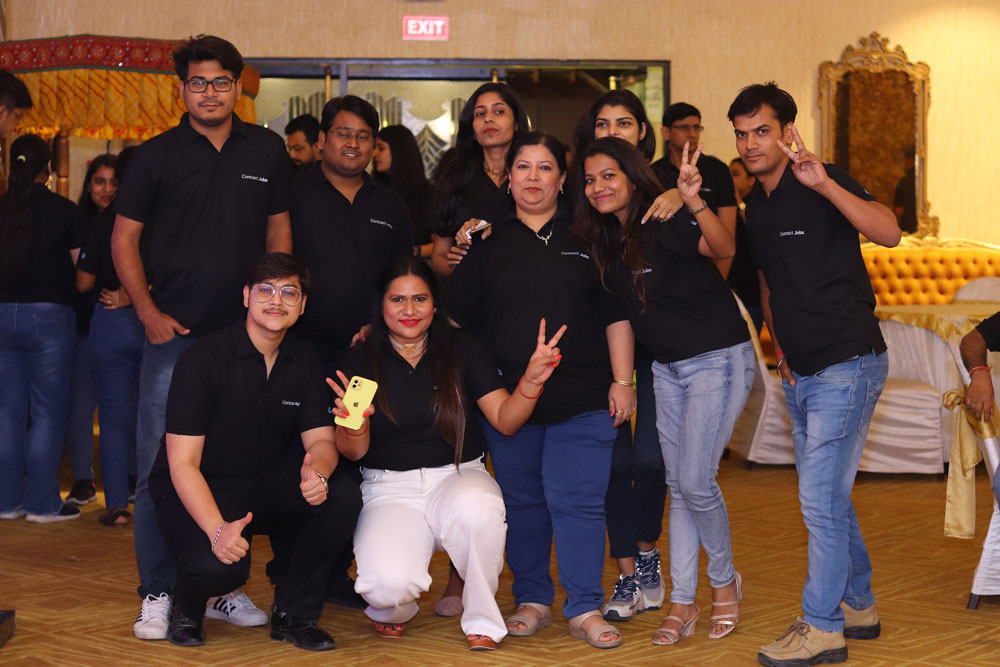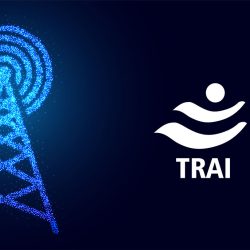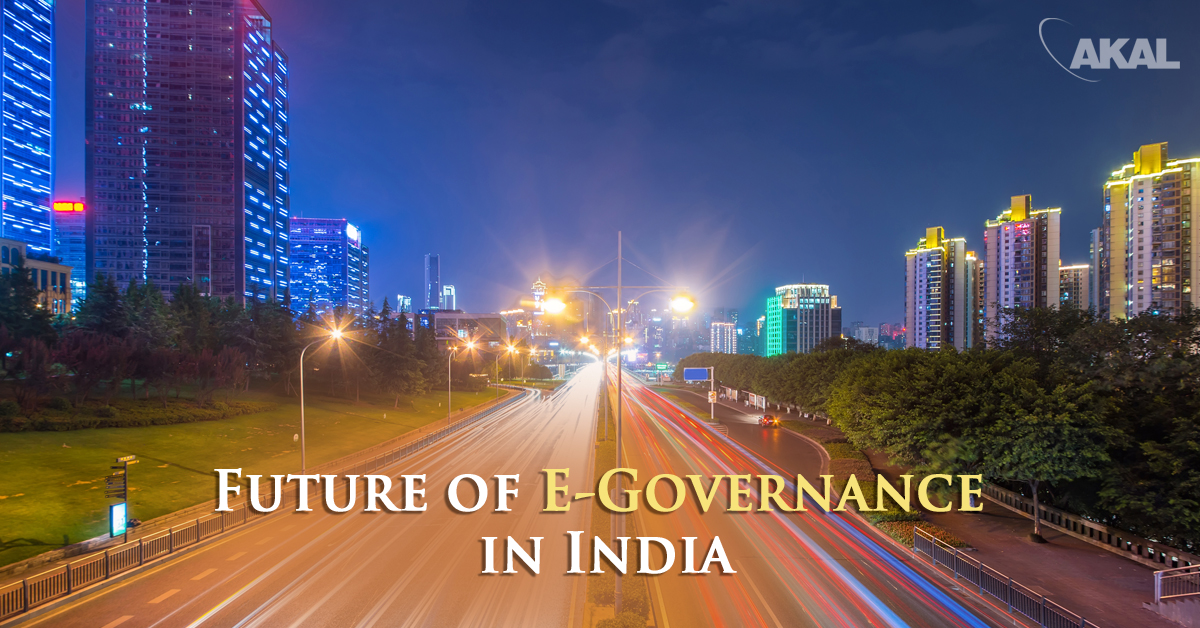
In a nutshell, when we talk about e-Governance in India, it signifies a standard relationship between a citizen and that of the Government. In this G2C relationship, the government is liable to provide services ranging over the domains like healthcare, transportation, education, telecommunications and much more. In lieu of Digital India, the country is on the surge of change and revolution. It would be evident to mention that things which are not dynamic today are considered out-fashioned.
Governments around the world are pushing hard to deploy information and technology in their operations. For the purpose of making the reach of the Government efficient, vast and responsive, e-Governance is breaking all the stereotypes. Since 1970, India is progressing in the field of e-Governance. From making use of Information and Communications Technology (ICT) for elections, census, computerizing all the government offices, to digital lockers, e-kranthi portals and e-seva kendras, the new India has paved its way in the world of e-Governance.
Government to Citizen:
Talking about the scope of e-governance in the country, G2C is the most basic pillar of e-governance. In this domain for the purpose of promoting good governance, advanced public utility services can be introduced & improved. e-Citizenship, e-Transportation, e-Health, e-Education, e-Taxation are much more, are some prime attractions under this segment. Although it would be wise to mention that e-Governance has been observed as a buzzword in recent times, the government has used ICT tools to the best of them.
Government to Government:
A dedicated and much-insightful G2G relationship is meant for a better communication and exchange of sensitive information between the Central and the State Government. In this segment, e-Administration, e-Police, e-Courts are some of the attractions. Also, the government is trying to provide land record copies which is further making the land resource process simpler & transparent. Also, garnering all the limelight, election commission of India is also bringing reforms for the purpose of advancing electoral rolls and keeping them updated on a regular basis for good governance.
E-Governance & Cloud Computing:
Since the number of people in India with the internet is expected to reach 500 million in the current fiscal year, cloud computing has become an integral part of the current internet setup. Cloud can enable the government to get access to a more robust and reliable computing infrastructure, hence booming the Digital India dream. Through means of cloud services like IaaS, SaaS and PaaS, e-Governance can be shaped to serve numerous people while keeping a reality check on the performance.
Verdict:
Stressing upon the ICT revolution, India can be regarded as a witness. Both, the central & the state governments are required to work in a collaboration to deploy and simply the IT processes to enrol, verify, seek permissions, pay bills and much more. These services are required to be available in the form of mobile applications as well. Participative & transformative governance is possible; the Government of India can leverage the potential of e-Governance for the greater good.

